Author: Paul Amico
Released to the public in 2019 after nearly two decades of development, Triumph hops are one of the newest varieties from the USDA public hop breeding program. Given it’s the offspring of East Kent Golding, Hallertau Mittelfrüh, Nugget, and Brewers Gold, Triumph is known to work well in less hoppy lagers, though its recent rise in popularity is likely due to the fact it imparts desirable lime, orange, and peach characteristics when used in higher dosages.
One unique thing Triumph has over other hop varieties is that proceeds from all sales go to a local charity in Yakima, WA that offers free support services, education, and resources to those battling cancer. In collaboration with CLS Farms and Roy Farms, Yakima Valley Hops will donate over $4 from every pound of this exclusive lot of 2020 Triumph sold to Wellness House.
Alpha: 10.6 – 11.4%
Beta: 3.34 – 3.95%
Cohumulone: 22 – 26% of alpha acids
Total Oil: 1.07 – 1.15 mL/100g
Myrcene: 25 – 40%
Humulene: 28 – 33.6%
Caryophyllene: 8.6 – 9.5%
Farnesene: unknown
Linalool: >1%
Geraniol: unknown
ß-Pinene: unknown
Parentage: East Kent Golding, Brewers Gold, Nugget, and Hallertau Mittelfrüh
Trying new hops is always fun, and based on the “juicy fruit” descriptor given by Shelley Desmarais of CLS Farms, I was excited to see what people would think of a Pale Ale brewed only with Triumph hops.
| MAKING THE BEER |
With the goal of making sure the hop character was in the spotlight, I brewed the standard Hop Chronicles Pale Ale recipe for this batch.
Triumph Pale Ale
Recipe Details
| Batch Size | Boil Time | IBU | SRM | Est. OG | Est. FG | ABV |
|---|---|---|---|---|---|---|
| 5.5 gal | 60 min | 41.6 IBUs | 5.7 SRM | 1.052 | 1.012 | 5.3 % |
| Actuals | 1.052 | 1.01 | 5.5 % | |||
Fermentables
| Name | Amount | % |
|---|---|---|
| Lamonta American-style Pale Malt (Mecca Grade) | 10 lbs | 83.33 |
| Vanora Vienna-style Malt (Mecca Grade) | 2 lbs | 16.67 |
Hops
| Name | Amount | Time | Use | Form | Alpha % |
|---|---|---|---|---|---|
| Triumph | 12 g | 50 min | Boil | Pellet | 10.7 |
| Triumph | 14 g | 25 min | Boil | Pellet | 10.7 |
| Triumph | 24 g | 10 min | Boil | Pellet | 10.7 |
| Triumph | 56 g | 2 min | Boil | Pellet | 10.7 |
| Triumph | 56 g | 4 days | Dry Hop | Pellet | 10.7 |
Yeast
| Name | Lab | Attenuation | Temperature |
|---|---|---|---|
| Flagship (A07) | Imperial Yeast | 75% | 60°F - 72°F |
Notes
| Water Profile: Ca 92 | Mg 1 | Na 10 | SO4 153 | Cl 50 |
Download
| Download this recipe's BeerXML file |
I started off my brew day by collecting the full volume of water, which I adjusted to my desired profile.
Next, I flipped the switch on my controller to get things heating up then weighed out and milled the grain.
When the water was adequately heated, I stirred in the grains and set the controller to maintain my desired mash temperature of 152°F/67°C, then prepared the kettle hop additions.
When the 60 minute mash rest was finished, I removed the grains from the sweet wort and set the controller the heat it up.
Following a 60 minute boil, I used my CFC to chill the wort during transfer to a sanitized fermenter.
A refractometer reading showed the wort was right at my target OG.
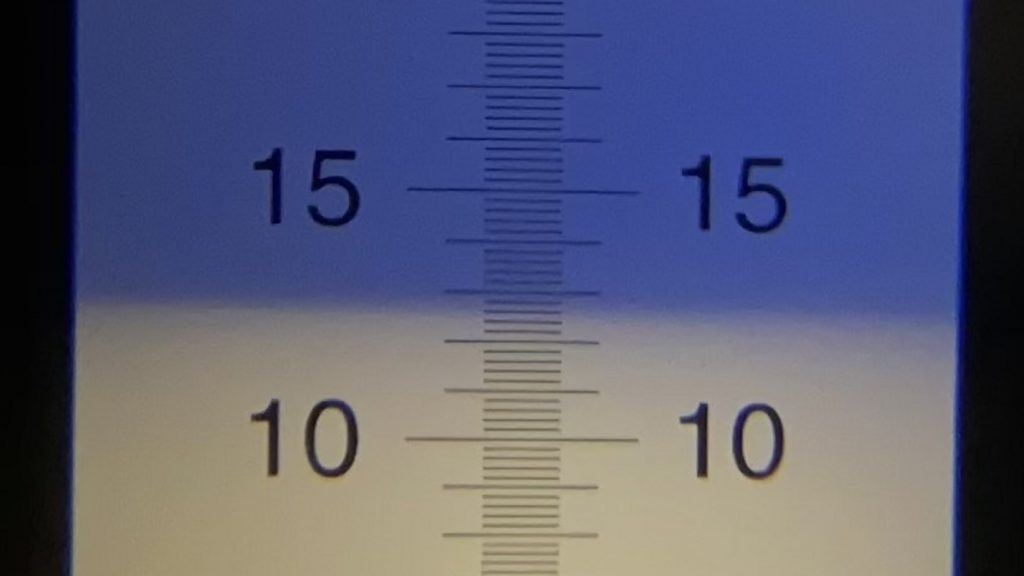
Using some leftover wort, I made a vitality starter of Imperial Yeast A07 Flagship and let it sit for 4 hours before pitching.
The beer was left to ferment at 66°F/19°C for 10 days before I took a hydrometer measurement confirming FG was reached.
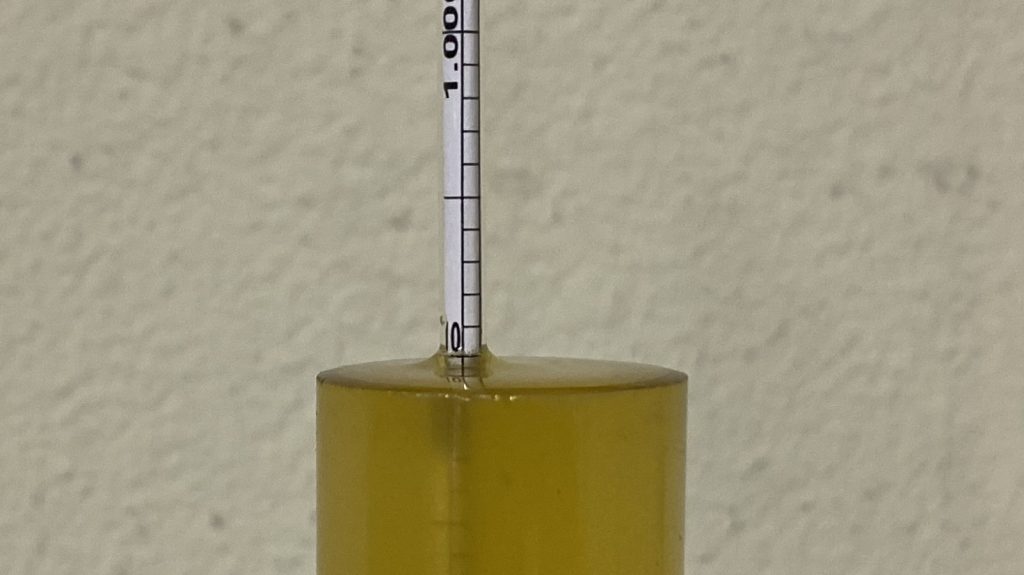
With fermentation complete, I transferred the beer to a CO2 purged keg.
The filled keg was placed in my keezer and burst carbonated overnight before I reduced the gas to serving pressure. After a week of conditioning, I began serving it to blind tasters.
| METHOD |
Participants were instructed to focus only on the aromatic qualities of the beer before evaluating the flavor. For each aroma and flavor descriptor, tasters were asked to write-in the perceived strength of that particular characteristic on a 0-9 scale where a rating of 0 meant they did not perceive the character at all and a 9 rating meant the character was extremely strong. Once the data was collected, the average rating of each aroma and flavor descriptor was compiled and analyzed.
| RESULTS |
Due to social distancing practices as a result of the COVID-19 pandemic, data for this Hop Chronicles was unable to be collected in our typical manner. As such, temporary adaptations were made.
A total of 10 people participated in the evaluation of this beer, all blind to the hop variety used until after they completed the survey. The average aroma and flavor ratings for each descriptor were plotted on a radar graph.
Average Ratings of Aroma and Flavor Perceptions
The 3 characteristics endorsed as being most prominent by participants:
| Aroma | Flavor |
| Citrus | Resinous |
| Tropical Fruit | Tropical Fruit |
| Stone Fruit | Grassy |
The 3 characteristics endorsed as being least prominent by participants:
| Aroma | Flavor |
| Onion/Garlic | Onion/Garlic |
| Berry | Berry |
| Earthy/Woody | Melon |
When asked to rate the pungency/strength of the hop, most tasters perceived it as being mildly to moderately pungent.
Tasters were then instructed to identify beer styles they thought the hop would work well in.
Finally, participants were asked to rate how much they enjoyed the hop character on a 1 to 10 scale.
My Impressions: When initially opening the bag of Triumph hops on brew day, I was immediately hit with a pleasant fruity aroma that I also got in the finished beer. The most prominent characteristic I perceived when whiffing the beer was bright citrus, almost like a blend of lime, lemon, and orange, though there were some tropical notes as well. Interestingly, while this was present in the flavor, it wasn’t as pungent as the aroma made me think it’d be, but rather nicely balanced with floral and earthy notes, all of which melded well with the simple malt bill.
| CONCLUSION |
With East Kent Golding, Hallertau Mittelfrüh, Nugget, and Brewers Gold in its lineage, it’s an understandable assumption that Triumph hops would work best in less flashy styles. While brewers have reported positive experiences using this new variety as such, when larger quantities were added late in the kettle and dry hop, blind tasters perceived moderately pungent aromas of citrus and tropical fruit.
Like a few other varieties we’ve tested, the flavor imparted by Triumph hops appears to be a bit different than the aroma, with blind tasters reporting resinous and tropical fruit as leading in the taste arena. Personally, I felt this led to the beer having a very balanced and full flavor profile, particularly considering it was hopped with only Triumph, and based on the preference ratings of tasters, it would seem most enjoyed the beer as well.
Playing around with new hop varieties can be quite hit-or-miss, which is all a part of the fun, but I’d definitely say Triumph is a winner. While I enjoyed the way it worked in this hop-forward Pale Ale and will be using it in such a manner in the future, I’m really excited to see how it plays in a simple pale lager. As great as it is in beer, the coolest part of Triumph is knowing that all proceeds from sales of the 2020 crop go to help a wonderful cause. Brew good, do good!
Triump hops are available now at Yakima Valley Hops, get some while you can! If you have any thoughts on this variety, please feel free to share them in the comments section below.
Support Brülosophy In Style!
All designs are available in various colors and sizes on Amazon!
Follow Brülosophy on:
FACEBOOK | TWITTER | INSTAGRAM
If you enjoy this stuff and feel compelled to support Brulosophy.com, please check out the Support page for details on how you can very easily do so. Thanks!



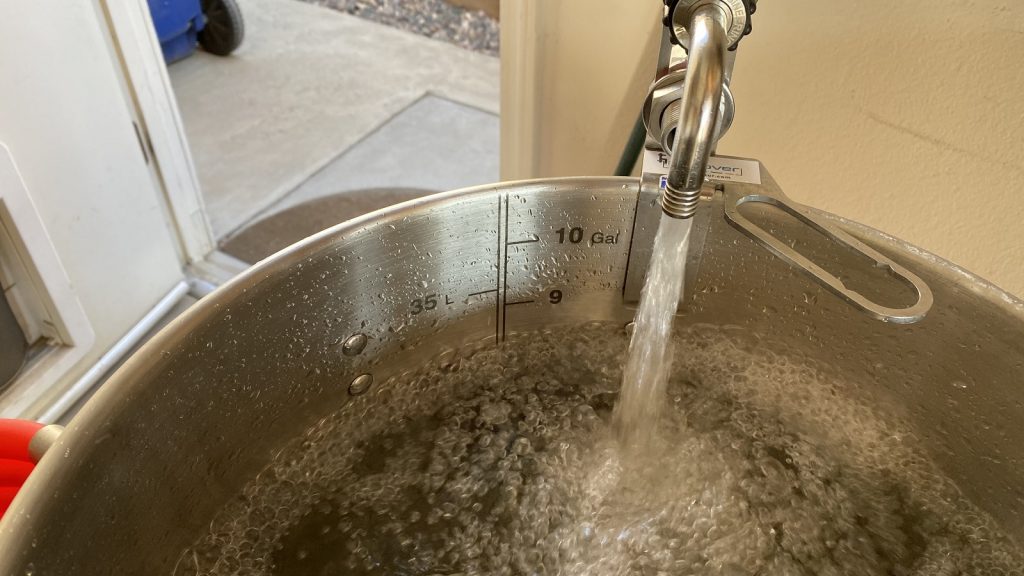
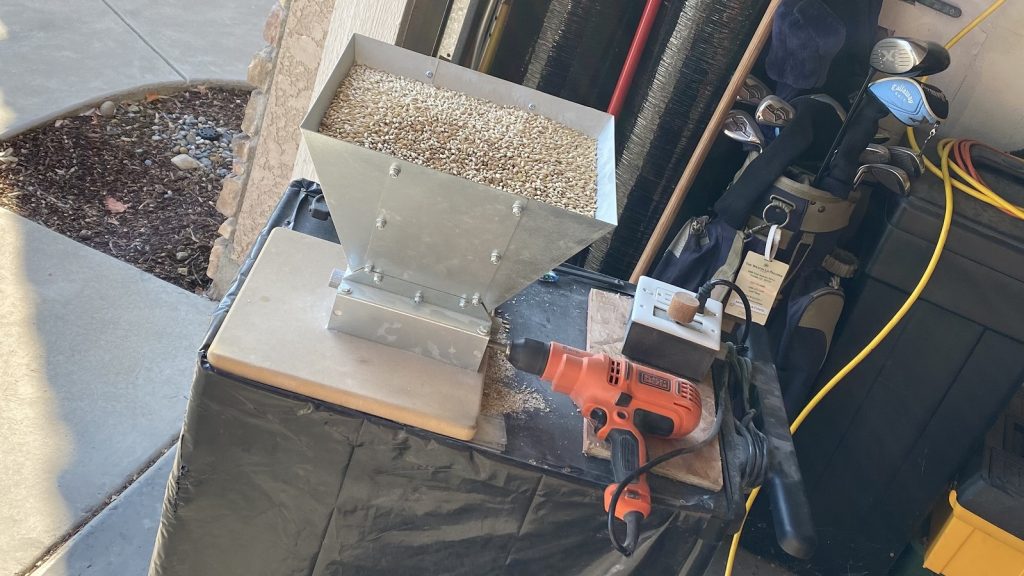
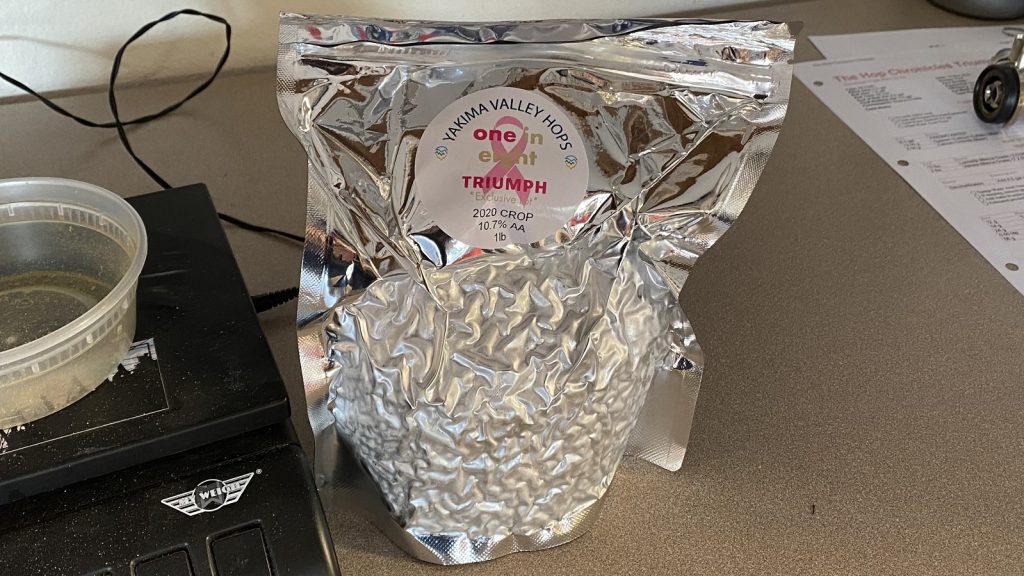
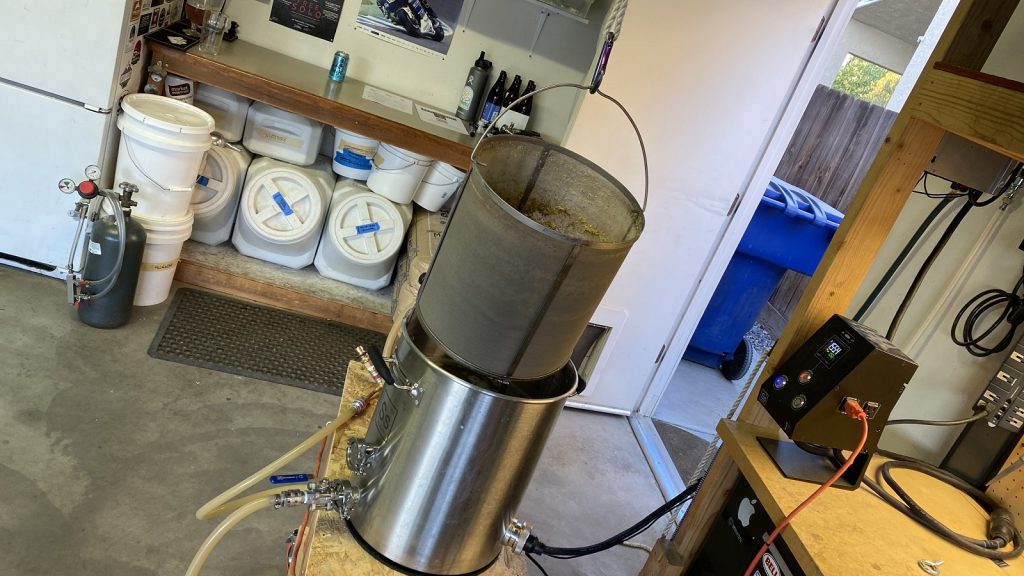
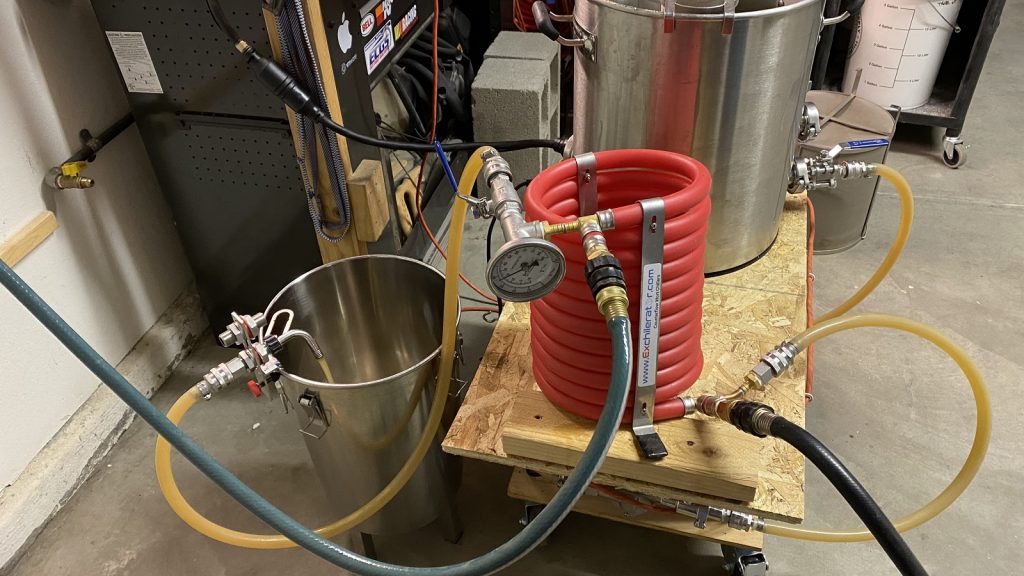
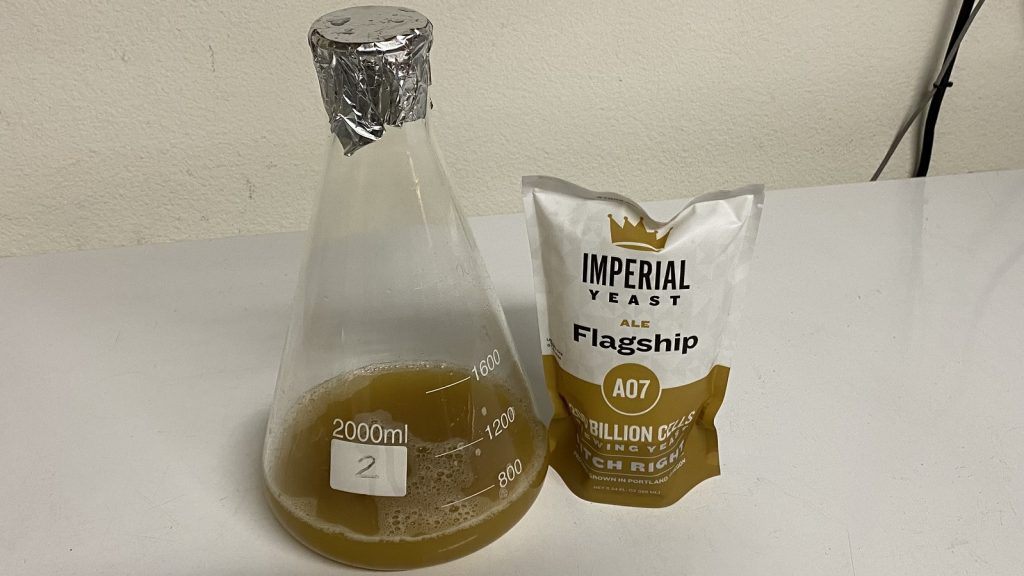
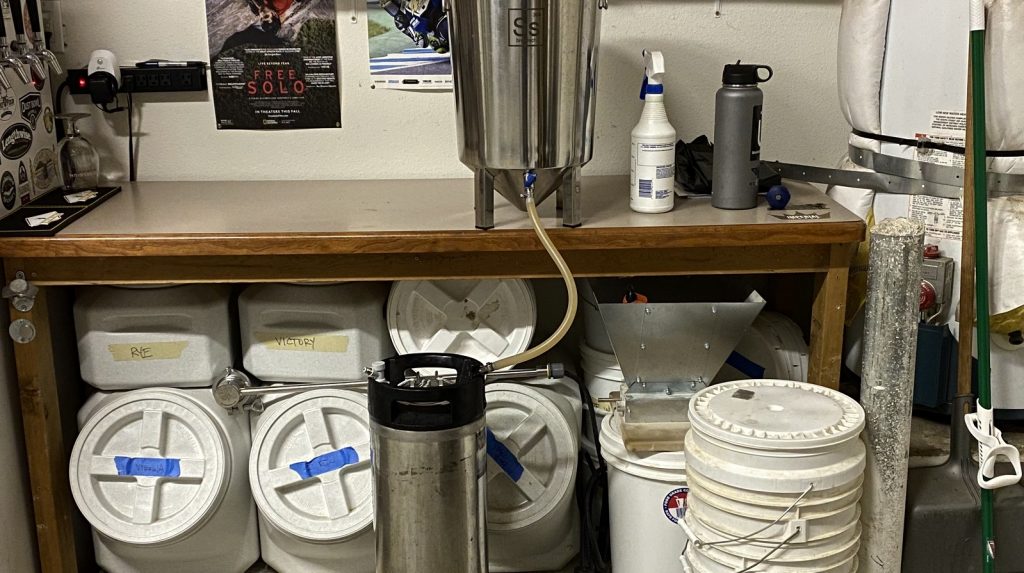
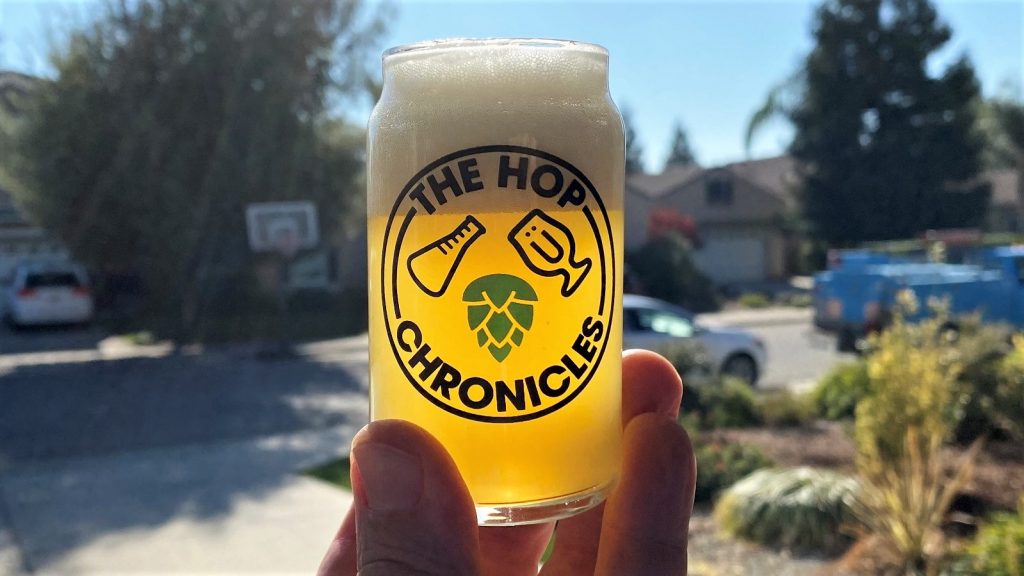

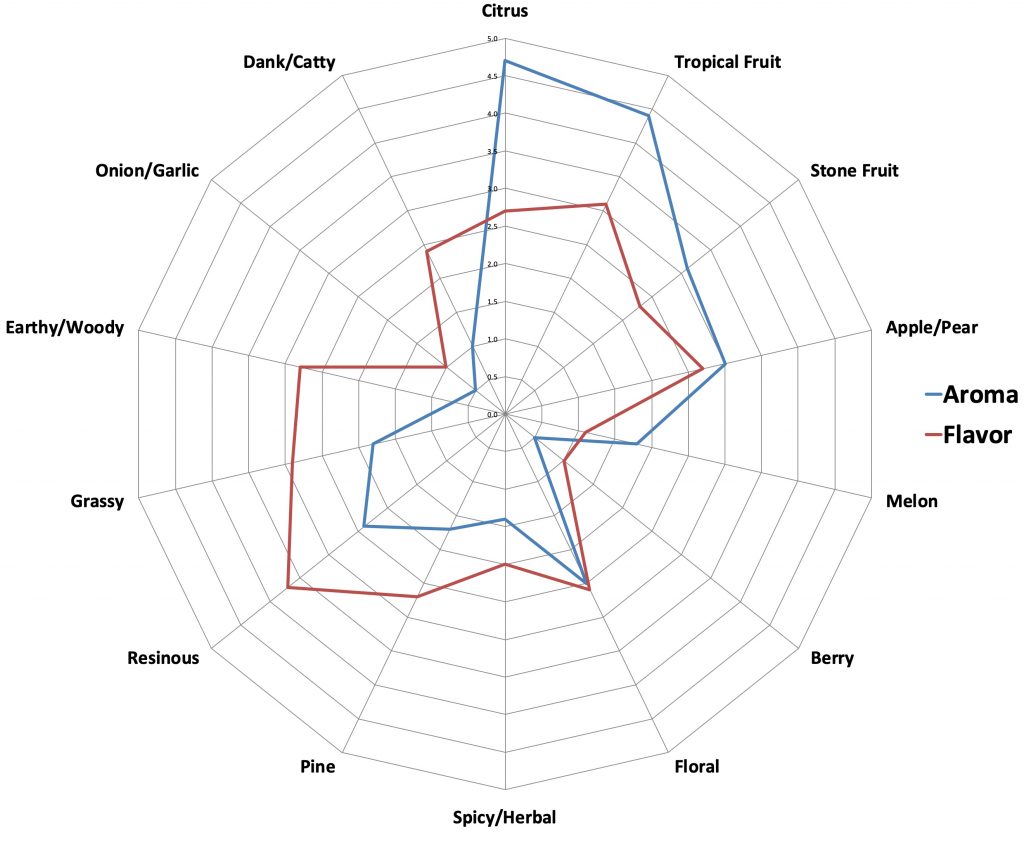
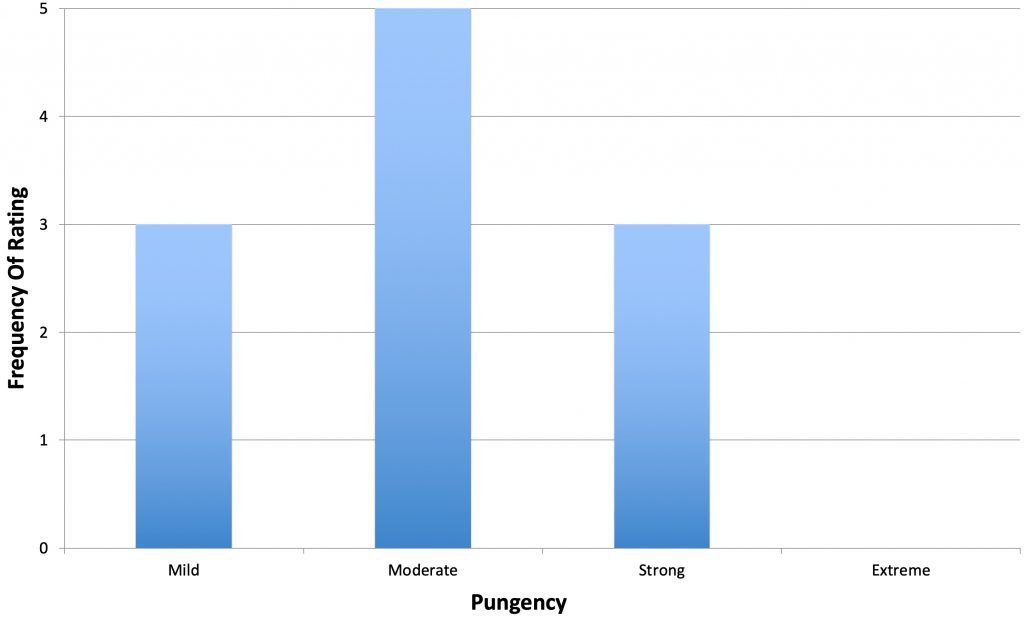
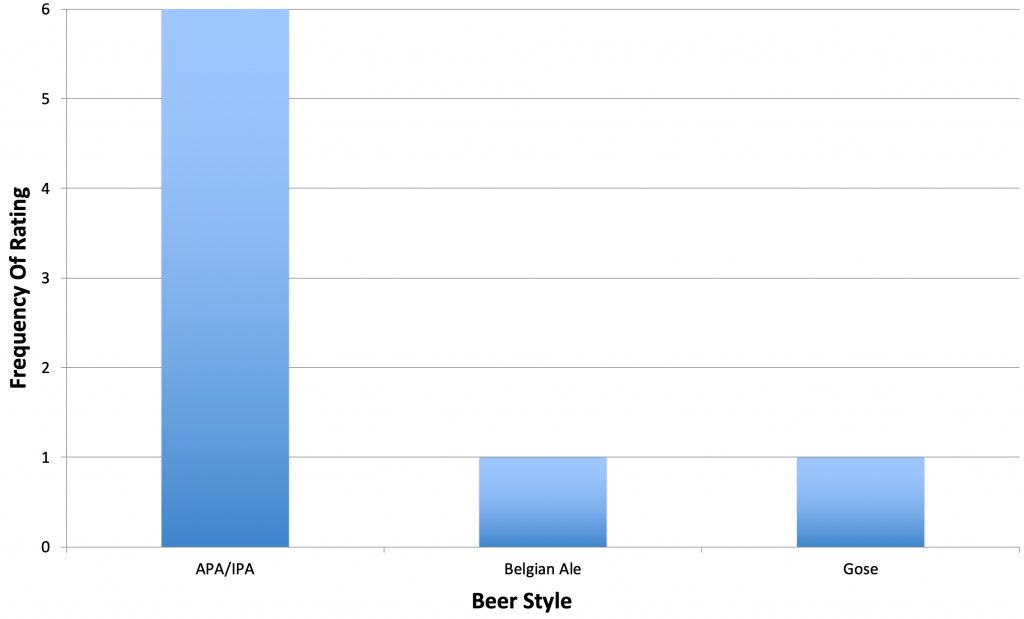
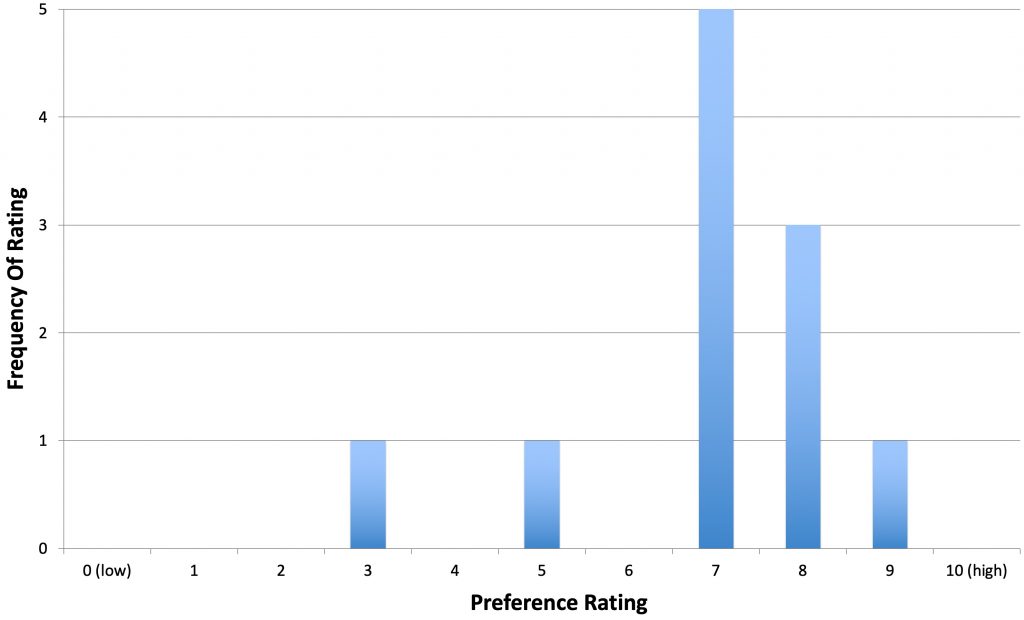











3 thoughts on “The Hop Chronicles | Triumph (2020) Pale Ale”
I enjoy everything about Brulosophy but Hop Chronicles is my favorite series. It inspired me to run my own single hop experiments especially with hops we don’t see used everyday, even at craft breweries. So thanks for another excellent article. Two questions:
1) I like looking at the equipment in the photos for that one more thing I can’t possibly live without. Please tell me where I can find that cool kettle lip clamp water filler thingy in the first photo.
2) I’m learning how various brewers think about combinations of hops. I’ve learned some brewers like to double down and augment a certain target aroma or flavor, while others like to expand the aroma/flavor profile of the beer. Staying with the same PA recipe, if you were to add a second hop to pair with Triumph, what might you choose and why? I’m interested in your thinking and approach more than the actual hop.
Again, thanks.
Thanks!
1. It’s called The Hangover and it has many uses. You can find it here: https://www.exchilerator.com/the-hangover/
2. Paul brewed the beer, but I had the chance to try it. For this Pale Ale, I’d probably go with something like Amarillo and/or Centennial used mid-boil, near the end of the boil, and in the dry hop, as I think they’d be quite complimentary. That said, in my experience, the only way to know is to try, so it could that other combos would work even better.
Thanks for the answers Marshall. Ordered a Hangover, which should be better than having a hangover.